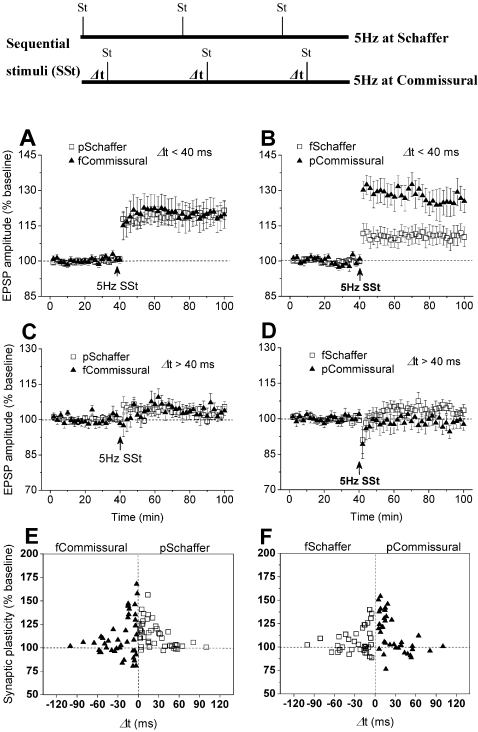Figure 2. Coincident Schaffer/commissural activity induces LTP in both pathways in pentobarbital-anesthetized rats.
A, Sequential stimulation (600 pulses, 5 Hz for 2 min) to Schaffer preceding to commissural pathway within a timing window of 40 ms induced LTP in both pathways (n = 23; pSchaffer: 119.3±5.8%; fCommissural: 120.3±3.2%; P<0.001 vs. baseline of pSchaffer or fCommissural; P = 0.476 pSchaffer vs. fCommissural). p = preceding; f = following. B, When the activity sequence was reversed and within the timing window of 40 ms, the stimulation induced larger LTP in the commissural and smaller LTP in the Schaffer pathway (n = 19; fSchaffer: 110.9±5.2%; pCommissural: 126.4±4.1%; P<0.001 vs. baseline of fSchaffer or pCommissural; P = 0.015 fSchaffer vs. pCommissural). C, The stimulation to Schaffer preceding to commissural pathway outside the 40-ms window (Δt = 40 to 100 ms) failed to affect synaptic efficacy in either pathway (n = 11; pSchaffer: 105.4±1.8%, P = 0.065 vs. baseline; fCommissural: 103.7±2.2%; P = 0.085 vs. baseline; P = 0.338 pSchaffer vs. fCommissural). D, Similarly, the stimulation to Schaffer following to commissural pathway beyond the 40-ms window (Δt = 40 to 100 ms) had no significant effect on synaptic efficacy in either pathway (n = 10; fSchaffer: 102.4±2.9%, P = 0.055 vs. baseline; pCommissural: 98.6±2.5%, P = 0.091 vs. baseline; P = 0.068 fSchaffer vs. pCommissural). E and F, Individual data confirmed the findings that the stimulation to Schaffer and commissural pathway by one preceding the other within about 40-ms timing window effectively evoked LTP in CA1 in the both pathways.

